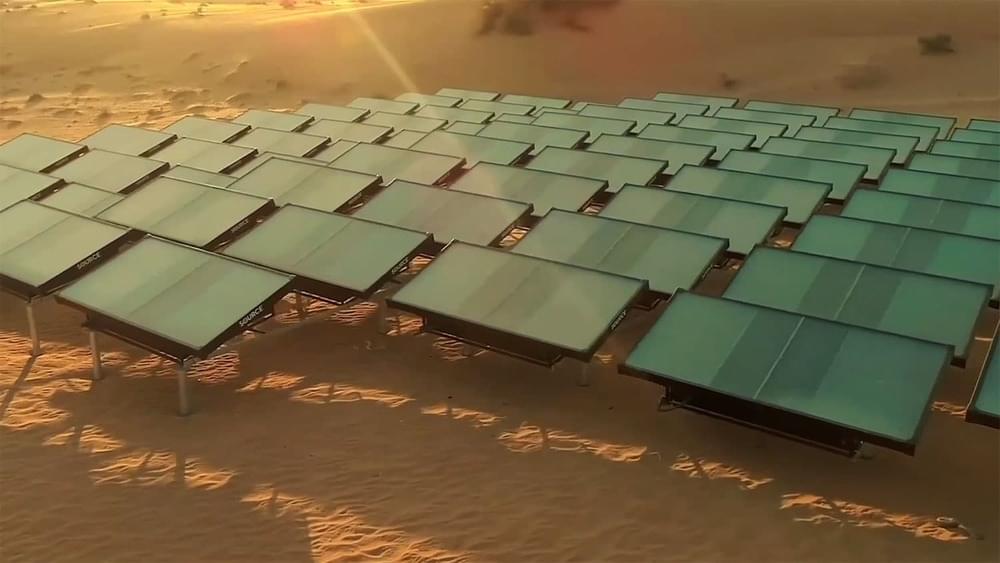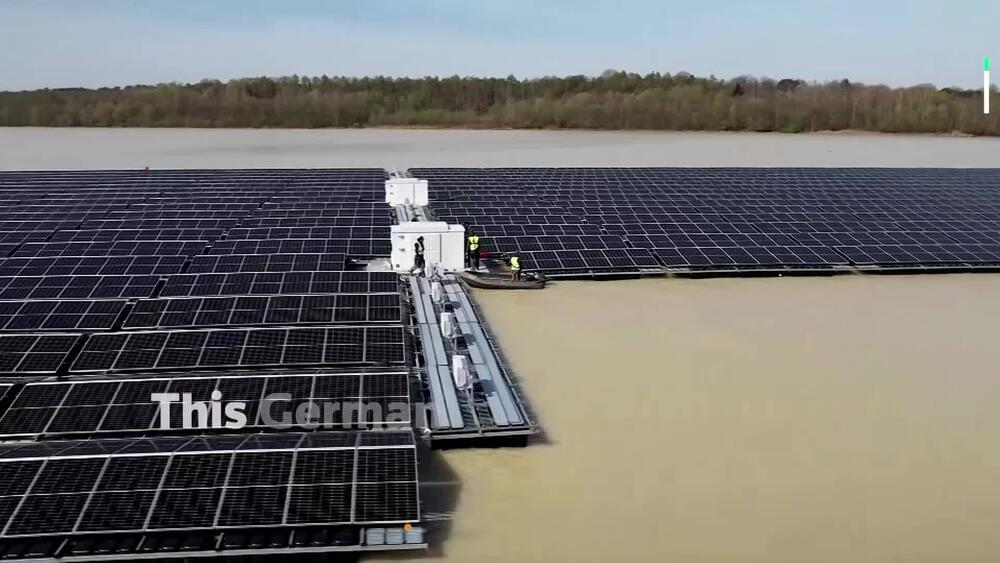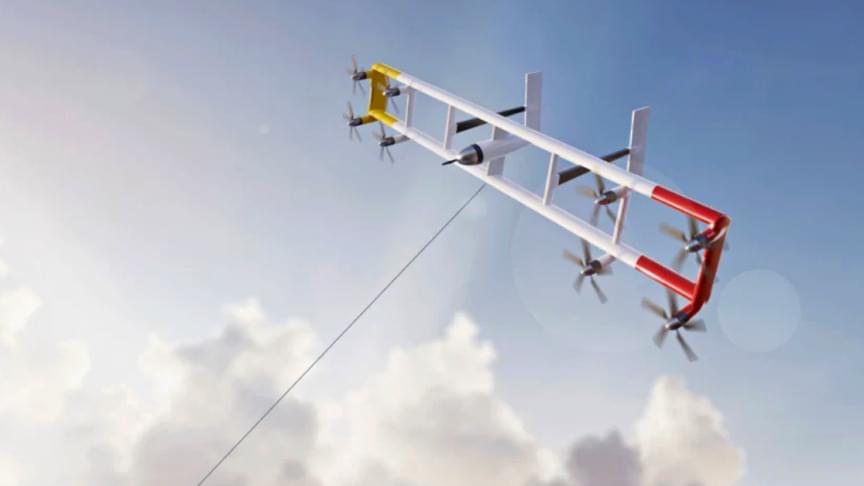Apr 25, 2022
SOURCE Hydropanels make clean drinking water out of thin air
Posted by Genevieve Klien in category: sustainability
This sustainable water technology represents a proven path to low-cost, safe, renewable drinking water.

This sustainable water technology represents a proven path to low-cost, safe, renewable drinking water.

a rapidly-installed, renewable technology it says could help wean the country off fossil fuels https://reut.rs/3JtuG6A

Kitekraft discusses airborne wind turbines as well as the sustainability of kite-powered systems that are lightweight and have a lower carbon impact.
Trust in science is rising worldwide, according to a 3M-backed survey released Tuesday, and more people expect it to solve the world’s problems.
But the fifth annual 3M State of Science Index also showed many are worried that misinformation could lead to more public health crises, greater societal divisions and lack of action on climate change.
“It’s really good to see that trust in science is high, and that’s true in America and around the world, but misinformation threatens scientific credibility,” Jayshree Seth, 3M’s corporate scientist and chief science advocate, said in an interview. “It’s not simply a matter of communicating facts, data and evidence. We need to build that relationship with the public.”
A way of distinguishing between natural carbon dioxide emissions and those from burning fossil fuels could help cities and countries monitor their progress in cutting emissions.